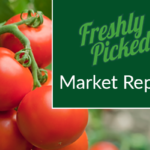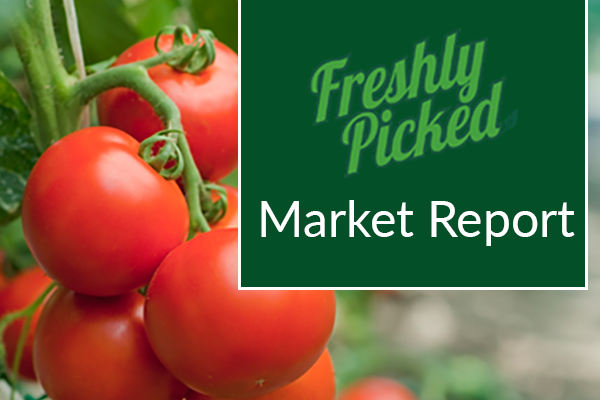Alerts & What’s Trending
- 4 Ways to Drive Operational Efficiency Across Multiple Locations
- What Do Restaurant Customers Want in 2024? Savings, Convenience, and Connection
- The Human Connection Lives On in the Restaurant Experience
- Revolutionizing the Restaurant Sector with Artificial Intelligence in 2024
- Restaurant Companies Are Beefing Up Their Marketing Budgets
Produce

Continued adverse weather conditions across various growing regions have caused a considerable drop in overall yields and an uptick in quality problems and bloom loss. Thankfully, several regions are expected to experience better weather in the upcoming weeks, which will likely improve the situation in multiple markets. We are less than a month away from the beginning of the leafy green transition, heading back to the Salinas Valley. Historically, we have seen higher markets and increased quality issues during this time. The weather has taken its toll on most commodities in Yuma, and the market has risen considerably.
Grains
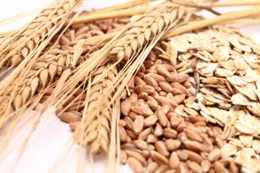
A notable rise in soybean oil prices last week. A significant increase in palm oil and some fund buying contracts contributed to the rise in soybean oil. The largest market input is the greater move from palm due to lower production and dropping stocks, even if soybean oil and canola supplies are both good.
Dairy

Markets for shell eggs are rising everywhere, even in the Northwest and California. Block and barrel sales are declining. Butter is still up.
Beef
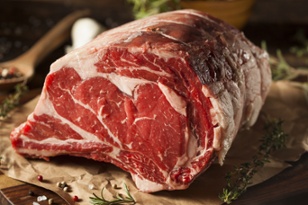
The state of market demand is still quite poor. Packers continue to provide higher upfront quotes despite abundant supply. While strips are still rising due to seasonal demand and limited supply, ribs and tenders are staying rather stable. End cuts are still going strong, but inside rounds are getting closer to the ceiling. The supply of thin meats and grinds is experiencing some artificial support due to poor harvest.
Pork
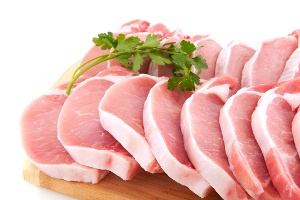
The demand for butts is still high, thus they are still moving upward. Demand for ribs has also soared. Following a period of low market activity, loins are currently rising and are predicted to follow the trend of butts. Next week, bellies will rise along with all the other primals, but this market will continue to be unstable every week.
Poultry

Bird mortality, hatchability, and weights are limiting product availability and driving up costs. The availability of breasts is limited and demand is strong. It’s still difficult to find wings in the market. There are very few tenders available in the market. The desire for dark meat is still high. The majority of whole birds are balanced.
Seafood
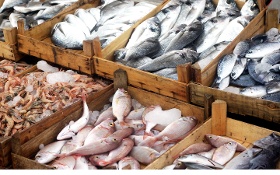
Seafood: The Pacific Halibut season has begun, and while whole fish prices are now higher, it is anticipated that they will decrease over the next few weeks. The supply of lobster in the North Atlantic is still decreasing, and prices are rising. Due to increased supply, warm water lobster prices have remained stable and have not grown as anticipated.
